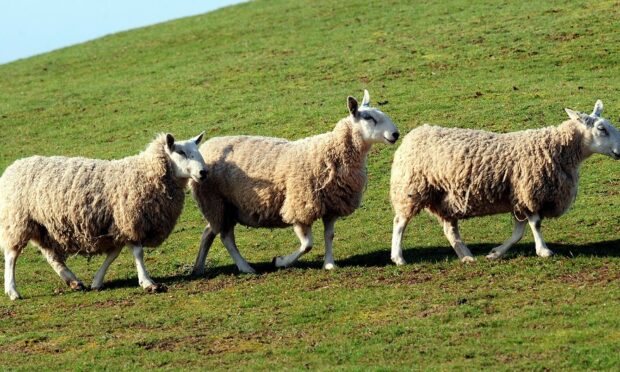Scotland’s sheep owners and breeders must ready themselves for new sheep tagging rules that come into effect in the New Year.
“The derogation from Europe protecting ewes and rams tagged before 2010 (‘the historic flock’) from EID rules is coming to an end and so, from January 1, 2015, these animals must be individually identified on movement records unless they going directly to an abattoir or via a red market,” explained a spokesman from the National Sheep Association (NSA).
He said the NSA was urging all sheep keepers across the UK to be aware of the new rules for sheep identification.
The end of the derogation does not mean animals from the historic flock have to be re-tagged with full EID, but, according to the NSA, many producers may choose to take that step if it makes it easier for them to move older ewes and rams from the historic flock between farms or via markets.
Speaking ahead of the tagging change, which comes into force a week on Thursday, Phil Stocker, NSA chief executive, said: “It is not a legal requirement to re-tag ewes and rams from the historic flock with electronic identifiers, and we are not for a minute suggesting a gold plating of the rules.
“What we are saying is to carefully consider what moves you are likely to make with older animals in the future and, if these will not be direct to slaughter, double-tagging is likely to be the sensible option.”
He said it makes most sense to do this when handling sheep over the coming months.
“And don’t forget to make a note in your flock register,” said Mr Stocker.
One final reminder for all sheep keepers, said the association, is to keep an eye out for their Sheep and Goat Annual Inventory, which must be returned before deadline.
Businesses in England will be working to a deadline of December 31, but for farmers in Wales, Scotland and NI the deadline is not until 2015.
